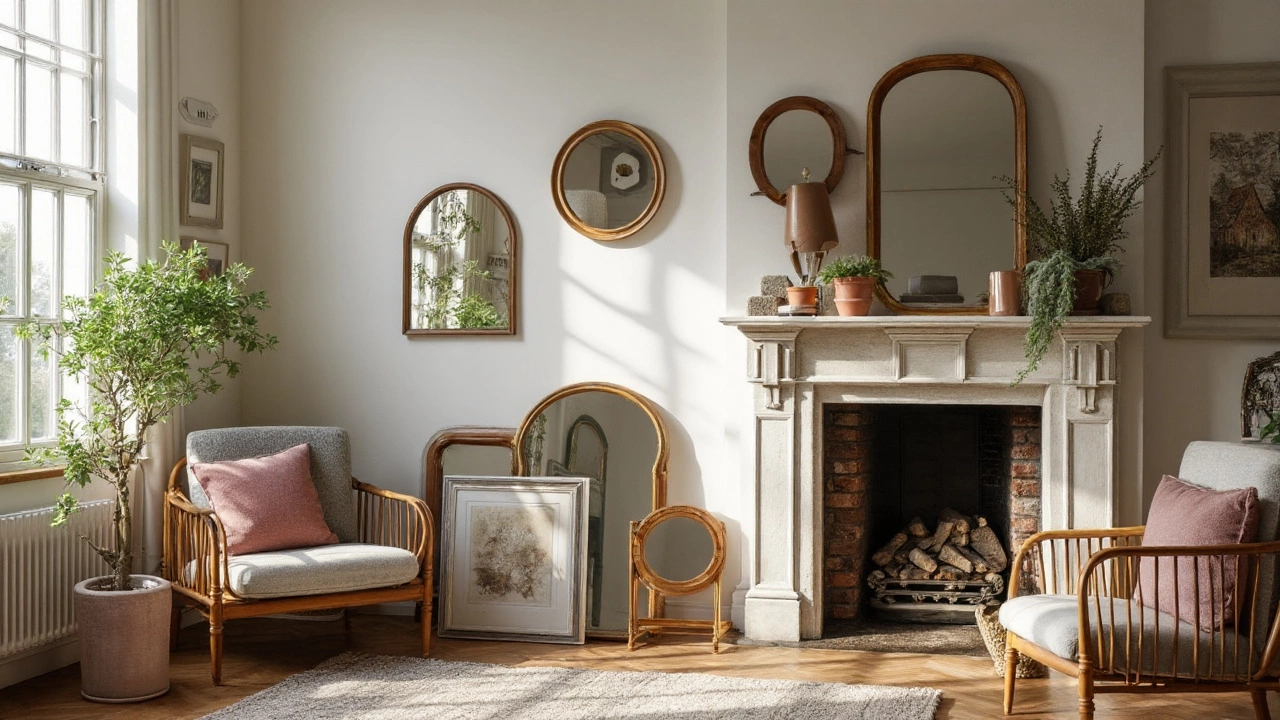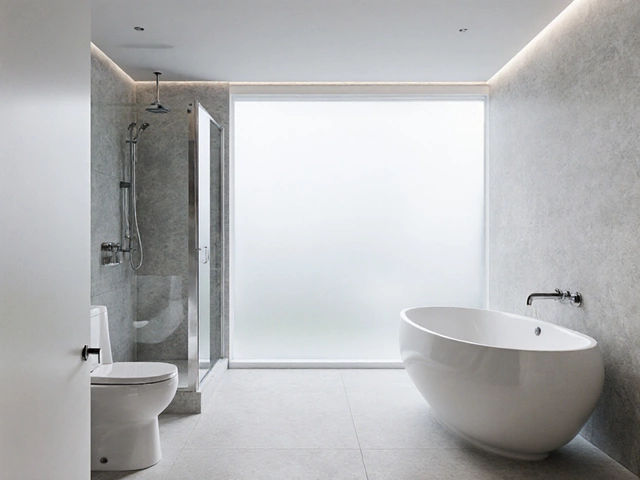Choosing Mirrors: Your Quick Guide to Picking the Perfect Reflector
Mirrors do more than let you check your hair. They can make a cramped room feel bigger, bounce light around, and add a dash of style. The trick is picking the right one for the spot you have in mind. Below you’ll find the basics you need to make a confident choice.
Types of Mirrors and Their Uses
There are three main kinds of mirrors you’ll see in home décor:
- Plane mirrors – Flat glass that gives a true reflection. Great for bathrooms, entryways, and bedrooms where you need an accurate view.
- Concave mirrors – Curved inward, they make things look larger and can focus light. Use them as decorative pieces or in entryways to create a wow factor.
- Convex mirrors – Curved outward, they let you see a wider area. Ideal for hallways or narrow spaces where you want a quick glance at the whole room.
Choosing the type depends on the look you want and the function you need. A plain plane mirror in the bathroom does the job, while a decorative concave piece can turn an empty wall into a focal point.
Practical Tips for Mirror Placement
Size matters. Measure the wall space first. A mirror that’s too small will look lost; one that’s too large can overwhelm. A good rule of thumb is to keep the mirror’s width between one‑third and one‑half of the wall width.
Height is key. Hang the mirror so the center is at eye level for the main users – usually around 150 cm (5 ft) from the floor. For a vanity, place it a few inches above the countertop to avoid glare.
Use light to your advantage. Position mirrors opposite windows or bright lamps. The reflected light can brighten the whole room without adding extra fixtures.
Think about style. A sleek, frameless mirror works well in modern kitchens, while a wooden or metal‑framed piece adds warmth to traditional spaces. Match the frame material to other finishes in the room for a cohesive look.
Don’t forget safety. In bathrooms or kids’ areas, choose mirrors with tempered glass or safety backing. It’s a small extra cost that prevents cracks and injuries.
When you’re shopping, bring a piece of paper the same size as the wall area you’re planning to fill. Hold it up to see how the mirror will fit. If it feels too big, look for a narrower frame or a double‑panel design that splits the visual weight.
Finally, trust your gut. If a mirror feels right in the space, it probably is. Mirrors are one of the easiest ways to change a room’s vibe without a major renovation. Pick the right type, size, and spot, and you’ll instantly see a brighter, larger, and more stylish home.

Ultimate Guide: Choosing the Perfect Mirror Shape for Your Space
Struggling to pick the right mirror shape for your room? This detailed guide will help you find the perfect fit, boost your decor, and nail your style every time.
Categories
- Storage (27)
- Bathroom (18)
- Sofas (15)
- Curtains (15)
- Home Decor (12)
- Bedding (11)
- Kitchenware (11)
- Cushions (11)
- Mirrors (10)
- Rugs (9)
Popular Articles



